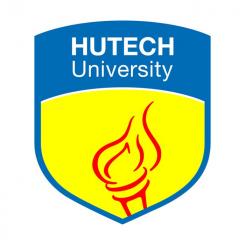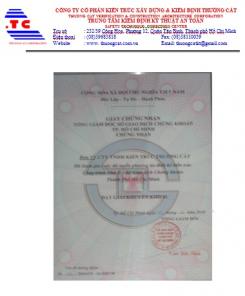News
adv left
Flexibility in implementing market-oriented planning

It is necessary to manage the use of land for urban construction in association with traffic.
According to the report of the Ministry of Construction, up to now, there have been 16 provincial planning projects (socio-economic areas, key economic zones, large urban areas and specific areas) Prime Minister approval; 100% of the provinces and centrally-run cities have approved the provincial construction planning (equivalent to 63 plannings, 30% are adjusted); 100% of cities, towns, townships have approved the general planning (equivalent to 805 projects); The urban zoning plan achieved an average of 75%; Detailed planning average about 35%; The percentage of communes planning to build new rural areas across the country is about 99% (8,926 communes).
This is the result of the renovation of construction planning, flexibility in defining objectives, orientation, paying more attention to the market factor to update the planning, supplement and adjust the planning in time. blow. Many QHXD have adhered to the actual situation, meeting the requirements of development; It also serves as a basis for building long-term, five-year, annual plans.
Assessment of urban development: The report by the Ministry of Construction said that by the end of May 2017, the urban population of the whole country reached about 33 million people, the urbanization rate was estimated at 37% With 23.7% in 1999); The average urban population density is 1,888 people / km2. Total area of urban area is 43,792 km2, accounting for 13.2% of the national natural land area, of which land area is 18,766.66 km2, accounting for 5.67% of the national land area.
The total number of urban centers in the country is 805 urban areas (increasing by 8 V urban centers compared to the end of 2016), including 2 special urban centers, 17 urban centers, 25 urban centers, 44 urban centers. Type III, 84 grade IV, 633 grade V.
Urban areas contribute more than 50% of GDP, about two thirds of industrial production, two thirds of exports; To form industrial parks, export processing zones, modern industrial production bases, hi-tech parks, financial centers, major trade and service centers, national traffic works and a number of works Urban construction of regional stature.
Regarding urban infrastructure development, according to the report of the Ministry of Construction, the total designed capacity of urban water supply reached about 8 million m3 / day (an increase of 0.6 million m3 / day) 2015); The rate of loss of clean water lost to 23.5% (down 1.5% compared to the end of 2015); The rate of urban people provided clean water through the system of water supply reached 83.5% (2% increase compared to the end of 2015).
For other urban infrastructure: 17 local authorities have approved cemetery planning and 30 localities have issued regulations on grading cemetery management; 45 localities have issued regulations on management of urban green trees in the area under management; 18 localities issued regulations related to the management of underground construction; 31 localities have issued regulations related to management of common use of technical infrastructure; 27 localities issue regulations on urban lighting management.
Despite these results, the Ministry of Construction said that the planning and management of the planning still have some limitations. Some of the plans have not met the requirements of quality, low feasibility. The implementation is not serious, not strictly according to the order and content as prescribed, the inspection and supervision work of the management agencies, the community is weak, some violations have not been handled in time, definitely .
Regarding urban development management and construction of technical infrastructure system: The urban infrastructure system has not developed in a synchronous manner, failing to meet the economic and population growth rate, leading to many consequences. Environmental pollution, traffic congestion, flooding, underdevelopment of services, lack of social housing. With the increasingly adverse effects of climate change, the consequences are increasingly serious, especially in special cities such as Hanoi and Ho Chi Minh City.
Resources for development in urban areas are lacking and have not been used effectively. The development of investment in urban development is spread. Many new urban projects have low utilization rate, causing waste of land and resources. Existing urban areas, especially urban centers, are slow to renovate or embellish. This fact requires urban planning and development to be invested and more coordinated by ministries, sectors and localities to further improve efficiency.
News other
- Suburban house for 3-generation family with rice drying yard on the upper floor(04/10/24)
- Catch the sun in the townhouse(04/10/24)
- 3-storey house designed for three-generation families(23/05/24)
- Fall in love with the open, dark-toned villa design in Binh Duong(22/05/24)
- Impressed with the 5-storey townhouse design that is always airy(22/05/24)
- Furnished 3-bedroom apartment is only 330 million VND, surprisingly beautiful inside(16/05/24)
- The house designed two skylights to help circulate air(16/05/24)








